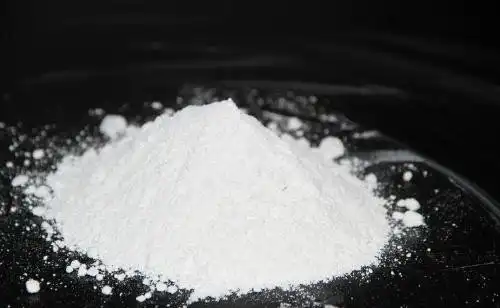Hebei Messi Biology Co., Ltd. stated that nanomagnesium oxide is a new type of inorganic material that has been widely researched and applied due to its excellent optical, electrical, magnetic, mechanical and other properties. At present, it also shows significant advantages in the field of antibacterial medicine. Based on the unique antibacterial mechanism and antibacterial properties of nanomagnesium oxide, by doping and composite modification of nanomagnesium oxide, we hope to further improve its antibacterial activity and expand its application fields.
Titanium ions (Ti4+), zinc ions (Zn2+) and lithium ions (Li+) were selected for doping experiments to study the effect of ion doping on the structure, morphology and antibacterial properties of nanoscale magnesium oxide. The mechanism of magnesium oxide’s antibacterial properties. At the same time, Ag/MgO composite materials were prepared using in-situ composite technology. The effects of solvent and magnesium oxide particle size on the preparation of Ag/MgO composite materials were studied, and their in-situ composite mechanism and antibacterial properties were preliminarily discussed.

Using magnesium nitrate, lithium nitrate, zinc nitrate hexahydrate, n-butyl titanate as raw materials, and citric acid as complexing agent, nanometer magnesium oxide powder doped with different metal ions was prepared using the sol-gel method.
XRD results show that the precursors are all amorphous and have a periclase structure after calcination at 600°C. However, there are differences in the diffraction peak intensities of different samples because different ion doping will have different effects on the crystallization of magnesium oxide; in addition, The average size of lithium-doped grains is the largest, about 23.6nm, and it is flake-shaped, which is different from the other three, while the titanium-doped grains have the smallest size;
XPS results show that lithium doping can promote the generation of oxygen vacancies, while titanium doping has an inhibitory effect, while zinc doping has almost no effect. Escherichia coli ATCC25922 was used as the test strain, and the minimum inhibitory concentration (MIC) and 24h bactericidal rate were used as indicators to evaluate the antibacterial performance of the nanopowder.
